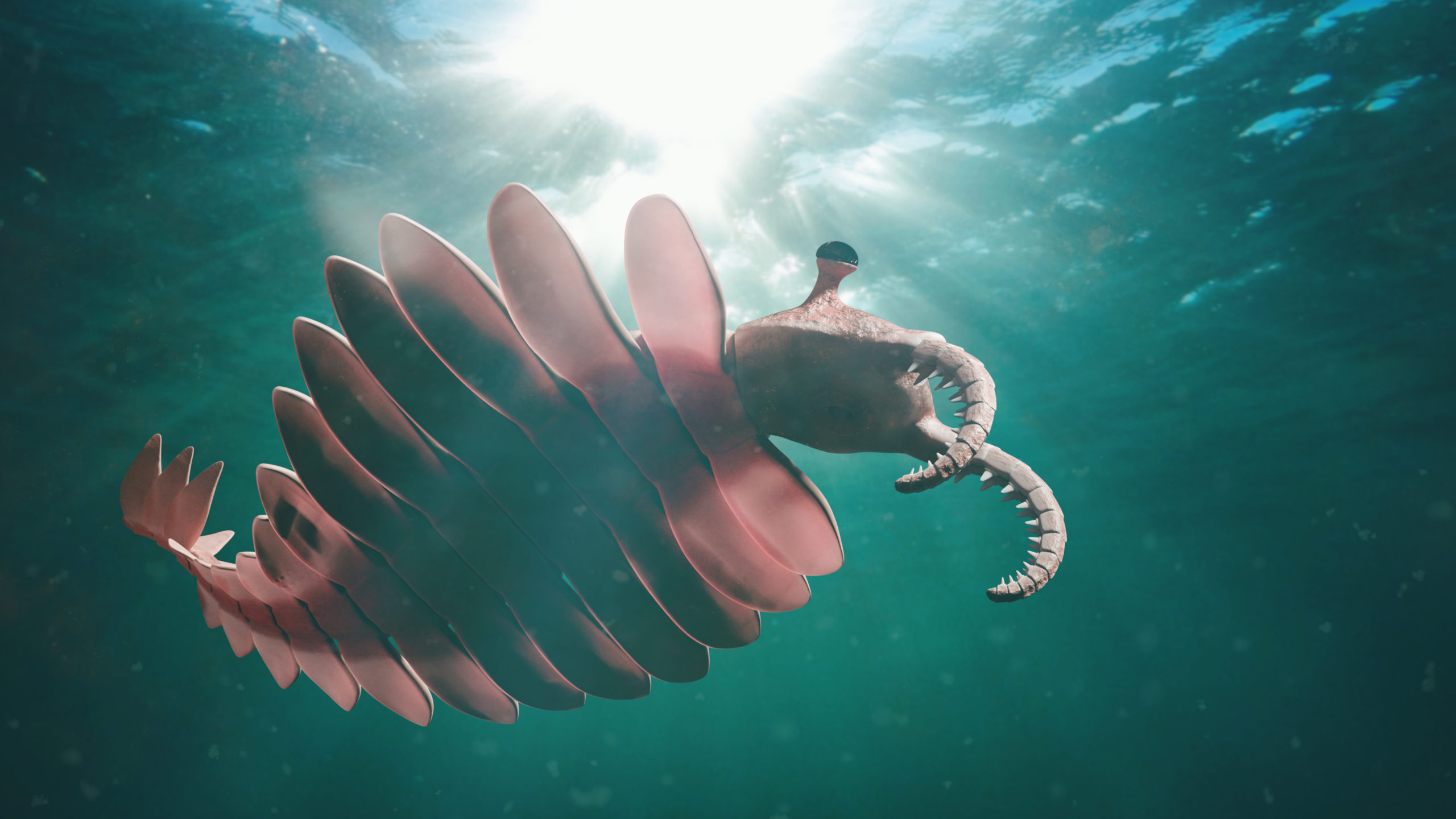The Cambrian Explosion
Biology’s Big Bang Download PDFBoth Charles Darwin himself and contemporary neo-Darwinists such as Francisco Ayala, Richard Dawkins, and Richard Lewontin acknowledge that biological organisms appear to have been designed by an intelligence. Yet classical Darwinists and contemporary Darwinists alike have argued that what Francisco Ayala calls the “obvious design” of living things is only apparent. As Ayala, a former president of the American Association for the Advancement of Science, has explained: “The functional design of organisms and their features would therefore seem to argue for the existence of a designer. It was Darwin’s greatest accomplishment to show that the directive organization of living beings can be explained as the result of a natural process, natural selection, without any need to resort to a Creator or other external agent.”1
According to Darwin and his contemporary followers, the mechanism of natural selection acting on random variation is sufficient to explain the origin of those features of life that once seemed to require explanation by reference to an intelligent or purposeful designer. Thus, according to Darwinists, the design hypothesis now represents an unnecessary and unparsimonious explanation for the complexity and apparent design of living organisms. On these as well as methodological grounds contemporary biologists have generally excluded the design hypothesis from consideration as an explanation for the origin of biological form.
Yet does Darwinism, in either its classical or contemporary versions, fully succeed in explaining the origin of biological form? Can it explain all evidence of apparent design? Most biologists now acknowledge that the Darwinian mechanism of natural selection acting on random variations can explain small-scale microevolutionary changes, such as cyclical variations in the size of the beaks of Galapagos finches or reversible changes in the expression of genes controlling color in English peppered moths.2 But what about the large-scale innovations in the history of life? What about the origin of completely new organs, body plans, and structures — the macroevolutionary innovation to which the fossil record attests? Does Darwinism, or neo-Darwinism, or any other strictly materialistic model of evolutionary change explain the origin of the basic body plans or structural “designs” of animal life, without invoking actual (that is, purposive or intelligent) design?
In this essay, we will test the claims of neo-Darwinism and two other materialistic models of evolutionary theory: punctuated equilibrium and self-organization. We will do so by assessing how well these theories explain the main features of the Cambrian explosion — a term that refers to the geologically sudden appearance of numerous new animal forms (and their distinctive body plans) 530 million years ago. We shall show that the Cambrian fossil record contradicts the empirical expectations of both neo- Darwinism and punctuated equilibrium in several significant respects. We further show that neither neo-Darwinism’s selection/mutation mechanism nor more recent self-organizational models can account for the origin of the biological information necessary to produce the Cambrian animals and their distinctive body plans. Instead, we will argue that intelligent design explains both the pattern of the fossil record and the origin of new biological form and information better than the competing models of purposeless and undirected evolutionary change.
Download PDF